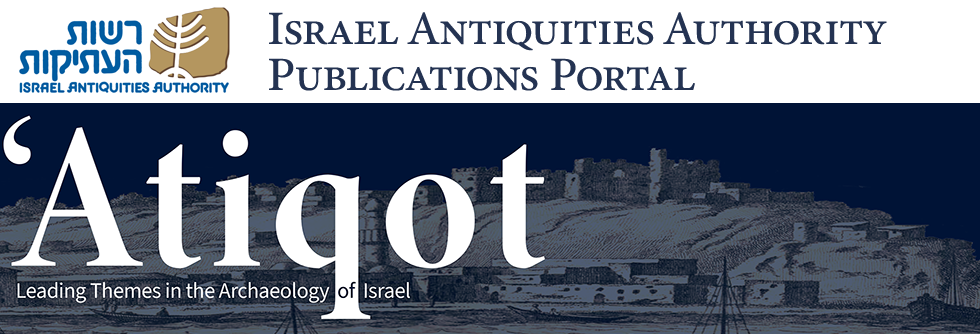Abstract
Three areas were excavated at Ḥorbat Mazruq (A1–A3), revealing two structures with shafts in their courtyards leading to underground chambers, and a water reservoir that was incorporated into a subterranean hiding complex. Four burial caves were surveyed northwest of Area A1, only one was fully plotted; they probably served the residents of the site. The ceramic and numismatic finds date the architectural remains to the end of the second century BCE until the first century CE. The ceramic material found within the hiding complex, which canceled the original use of the installations at the site, is typical of the first century CE, with some types continuing into the first third of the second century CE. The hiding complex seems to have been prepared and used in the course of the events of the First Jewish Revolt (66–70/74 CE), after which it was abandoned.
Keywords
Hellenistic, Hasmonean, Roman period, numismatics, burial
Recommended Citation
Ein-Mor, Daniel
(2022)
"Remains of a Rural Settlement from the Late Hellenistic–Early Roman Periods and a Hiding Complex from the Roman Period at Ḥorbat Mazruq near Abu Ghosh (with a contribution by Donald T. Ariel),"
'Atiqot: Vol. 108, Article 13.
DOI: https://doi.org/10.70967/2948-040X.1152
Available at:
https://publications.iaa.org.il/atiqot/vol108/iss1/13
Included in
Agriculture Commons, Biblical Studies Commons, Christianity Commons, History of Art, Architecture, and Archaeology Commons, Islamic Studies Commons, Science and Technology Studies Commons, Urban Studies and Planning Commons

